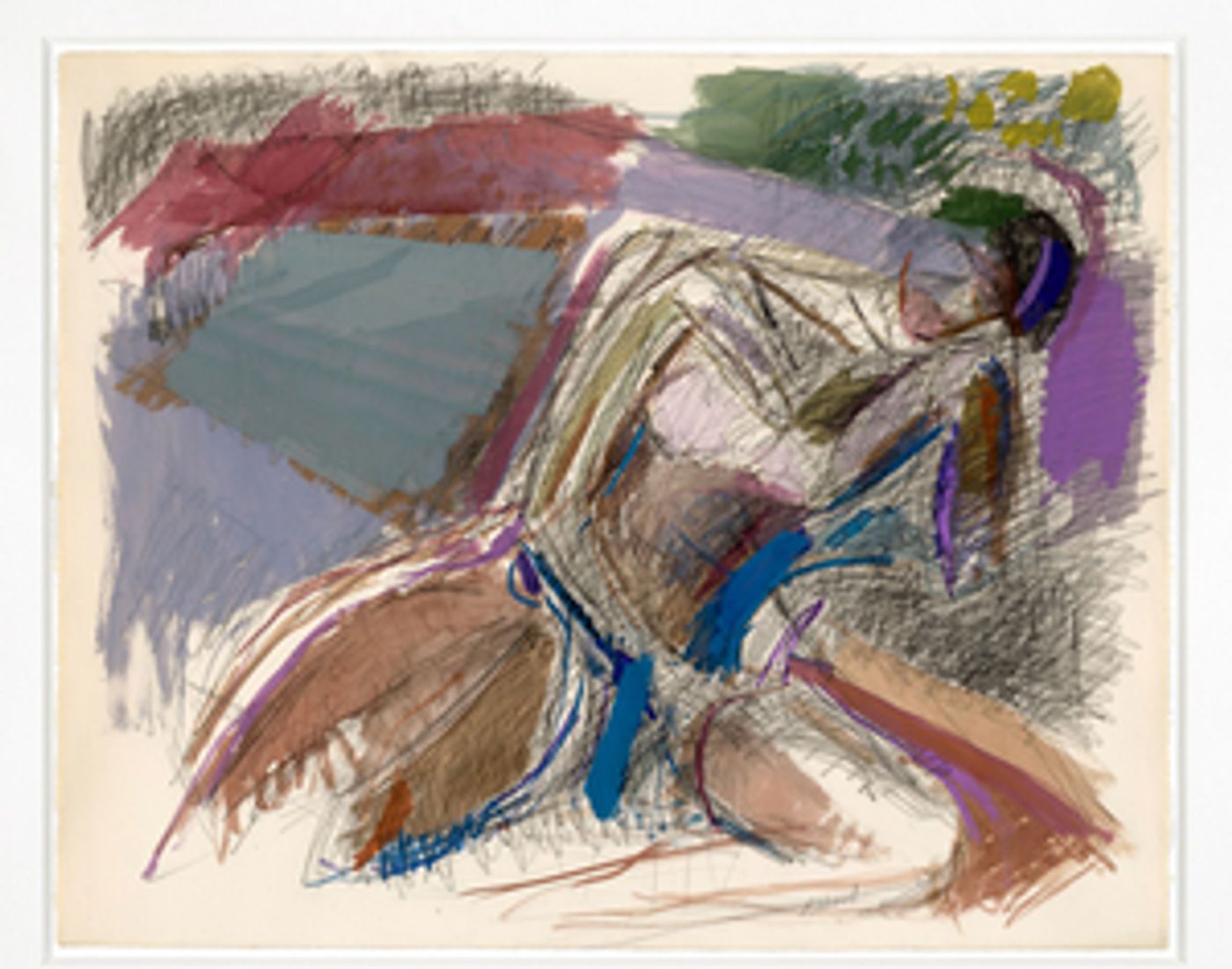British Museum Celebrates Over A Decade Of Collecting Contemporary Art Of The Middle East and North Africa With New Exhibition
The exhibition will debut in February 2021.

In February 2021, the British Museum will celebrate over a decade of collecting contemporary art of the Middle East and North Africa. Featuring over 100 works on paper from the collection, Reflections: contemporary art of the Middle East and North Africa weaves together a rich tapestry of artistic expression from artists born in or connected to countries from Iran to Morocco. These artists reflect on their own societies, all of which have experienced extraordinary changes in living memory. From drawings by artists trained in Paris, Rome, Beirut or Jerusalem (1) to works associated with the Syrian uprisings (2), the exhibition challenges perceptions of the contemporary art of the region, with a range of works of great complexity and beauty.
The works in this exhibition reflect the British Museum's position as a museum of human history, past, present and future. The CaMMEA (Contemporary and Modern Middle Eastern Art) acquisition group has been central to the speed at which this collection has come together in recent years and its remarkable breadth. This collection of works on paper includes drawings, screen prints, photography and artist's books. While works by artists of this region have been collected by the British Museum since the 1980s, CaMMEA was formed in 2009 with the guiding principle of enabling future generations to see what was being produced during a particular time as well as to record significant moments in the history of the MENA region.
Reflections highlights issues of gender, identity, faith, politics and memory. Also communicated within the exhibition are ideas about poetry, music and war. The artists whether living in the countries of their birth or in diaspora, belong within the globalised world of art, and many allude to the artistic or literary heritage with which they are associated.
At the outset of the exhibition, Nicky Nodjoumi's The Accident (2013) (3) challenges preconceptions about Middle Eastern art and highlights the complexities of being an artist in diaspora. From there, the first room focuses on the uses of figuration and abstraction with important works including Marwan's Gesichtslandschaft (4) (Face Landscape, 1973) in which he transforms his own likeness into a landscape reminiscent of the land of Syria, or Yehuda Bacon who evokes the memory of family members who perished in the Holocaust (5). Huda Lutfi's Al-Sitt and her Sunglasses (2008) (6) and Hayv Kahraman's Honor Killing (2006) (7) bring their own perspectives to the female gaze. Monir's captivating mirror drawing is informed both by the architectural heritage of Iran, and by philosophies of minimalism and abstraction (8). For Burhan Doğançay, inspiration for his abstract paintings is found in the urban walls of New York (9).
The second room is entitled Tangled Histories and shows political struggle, revolution and war across the region through the eyes of artists. While there are works relating to a specific event, such as the burning of the National Library of Baghdad in 2003,(10) or the demonstration by women against the enforced wearing of the hijab in 1979, (11) others emerge from and address longer-running struggles, and focus on the complexities of the Israel/Palestine conflict, the Lebanese Civil War or the ongoing war in Syria. Further works highlight one of the defining issues of our time, that of exile and migration through the photographs of the late Leila Alaoui. (12)
Visitors will be encouraged to explore further by visiting the British Museum's Albukhary Foundation Gallery of the Islamic world (Rooms 42-43) where additional works from this collection will be displayed including Taysir Batniji's painting (13) exploring the notion of being between worlds, Khalil Joreije and Joana Hadjithomas' photography and drawing series Faces (2009) (14), and a collection of artist books.
Venetia Porter, Curator, Islamic and contemporary Middle Eastern art, British Museum said: 'The acquisition of many of the works in this exhibition is thanks to the tireless work of the members of the CaMMEA group. We are so grateful to them for working with the museum to acquire such interesting and important works for the collection. Through the prism of personal experience, the artists in this exhibition present us with a refracted image of a region: there is no one narrative here, but a multiplicity of stories.'
Videos

